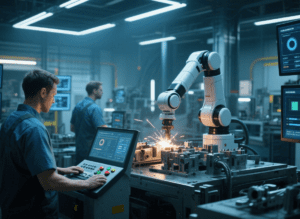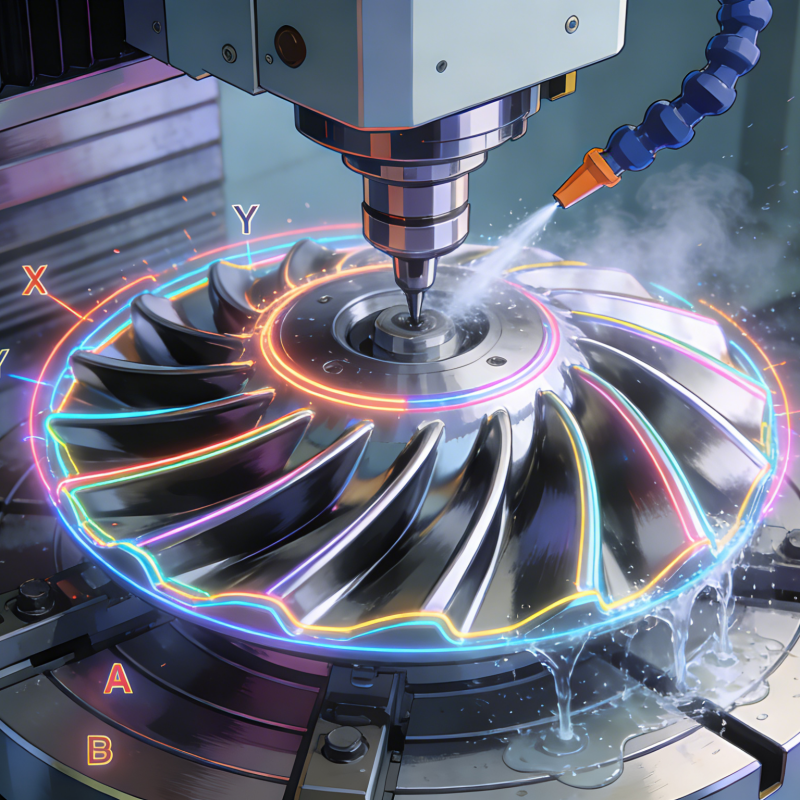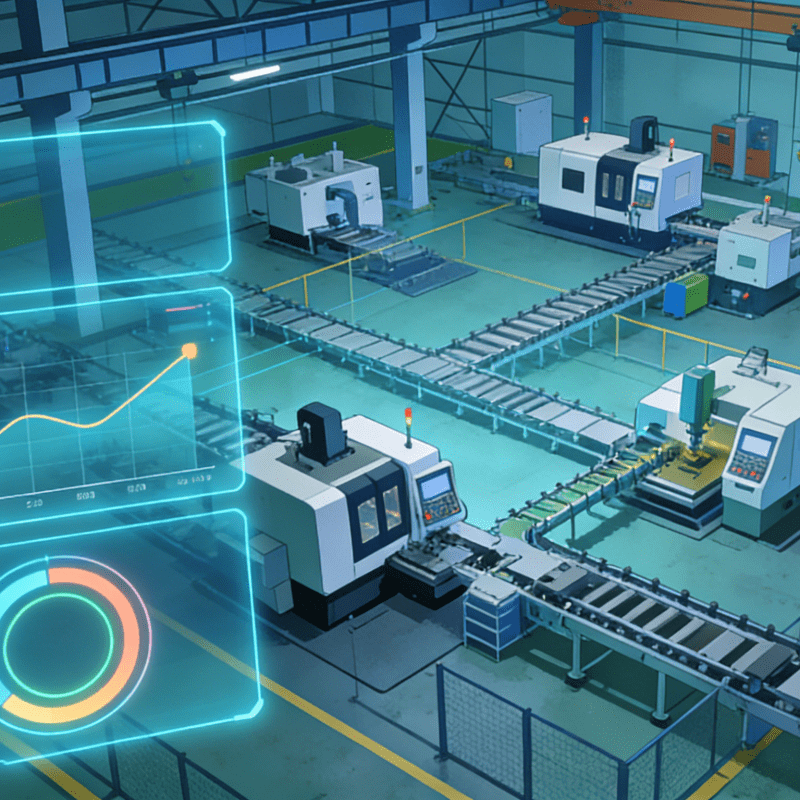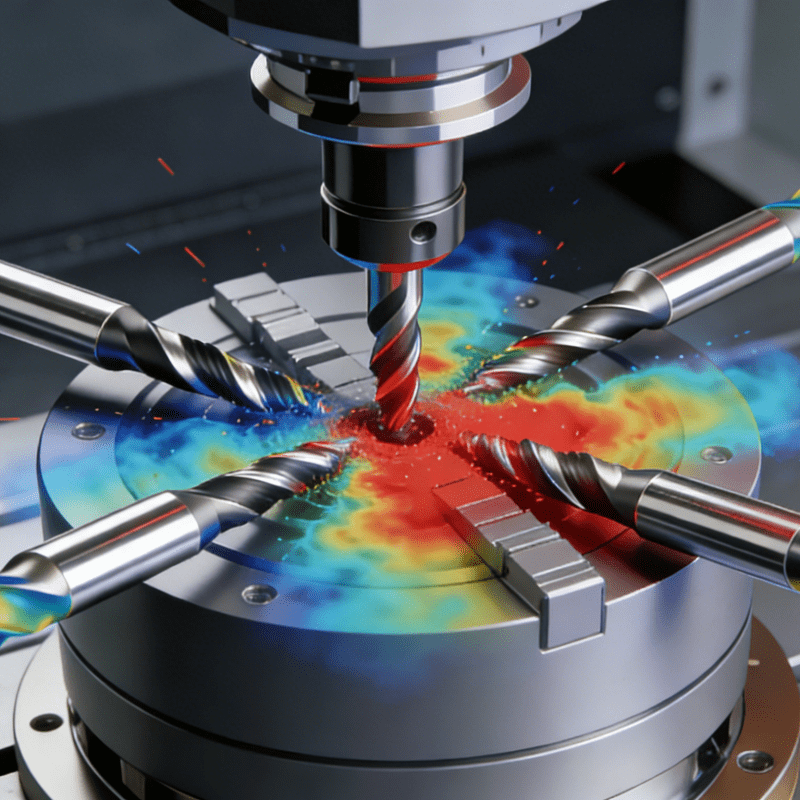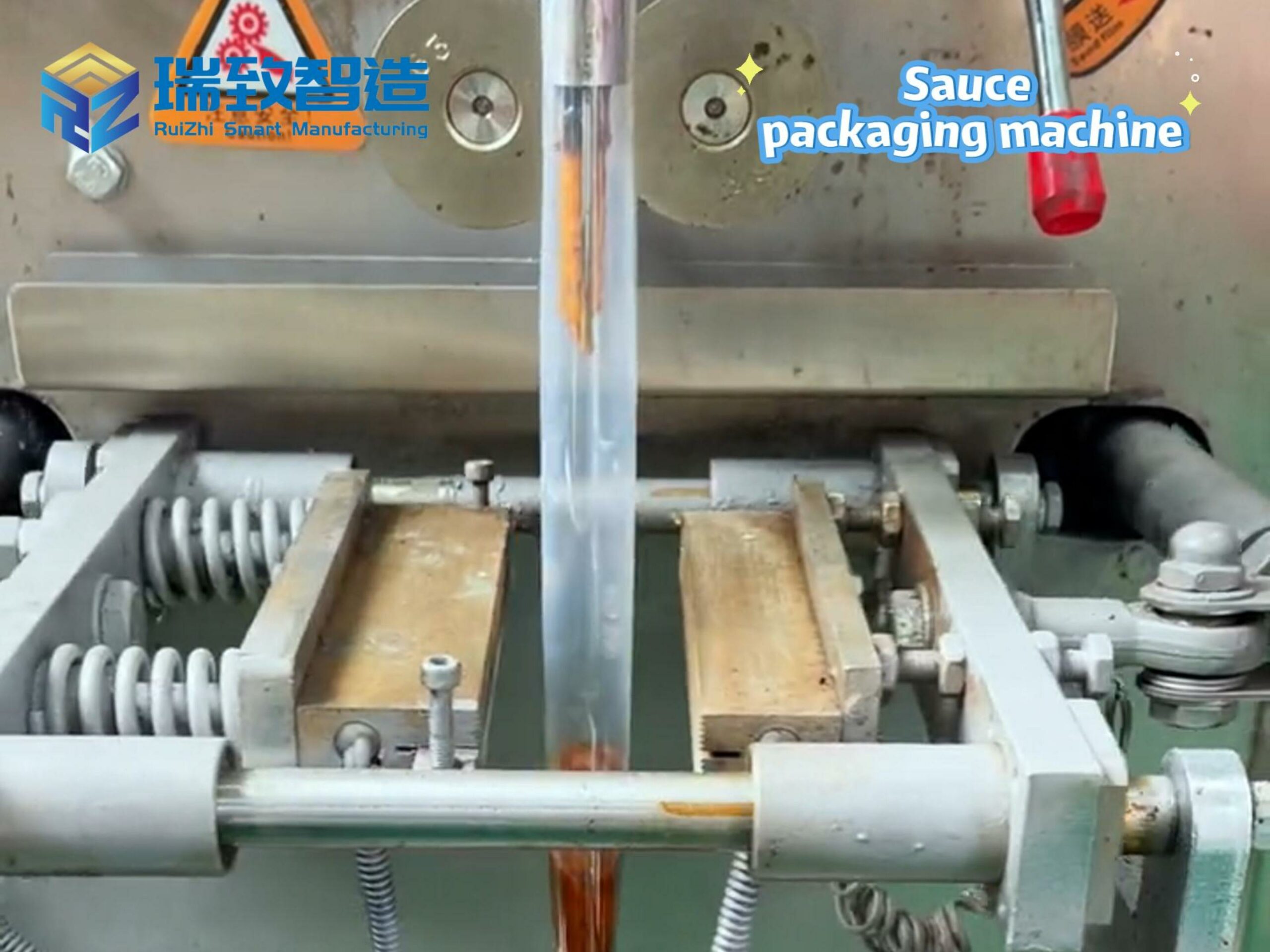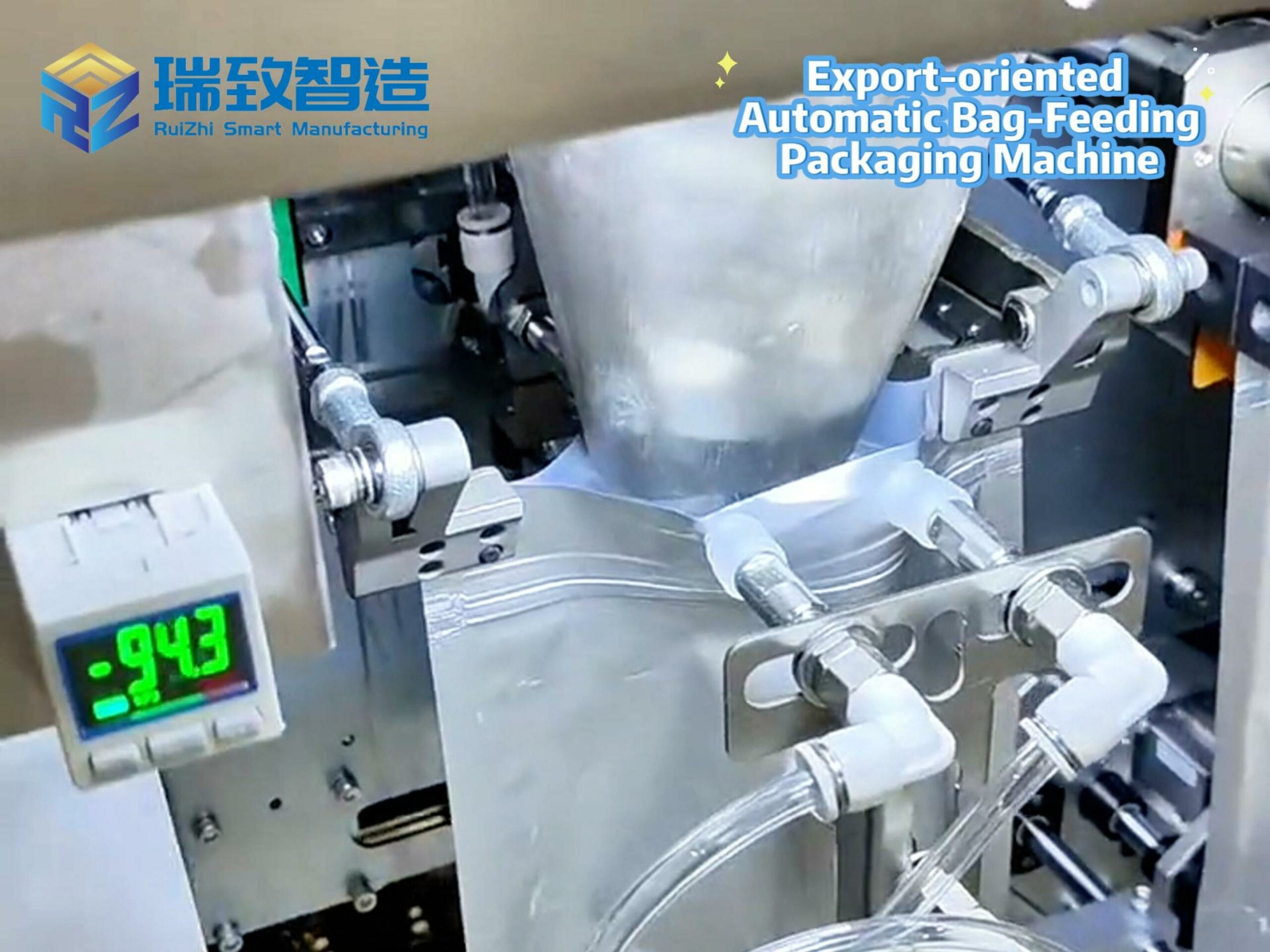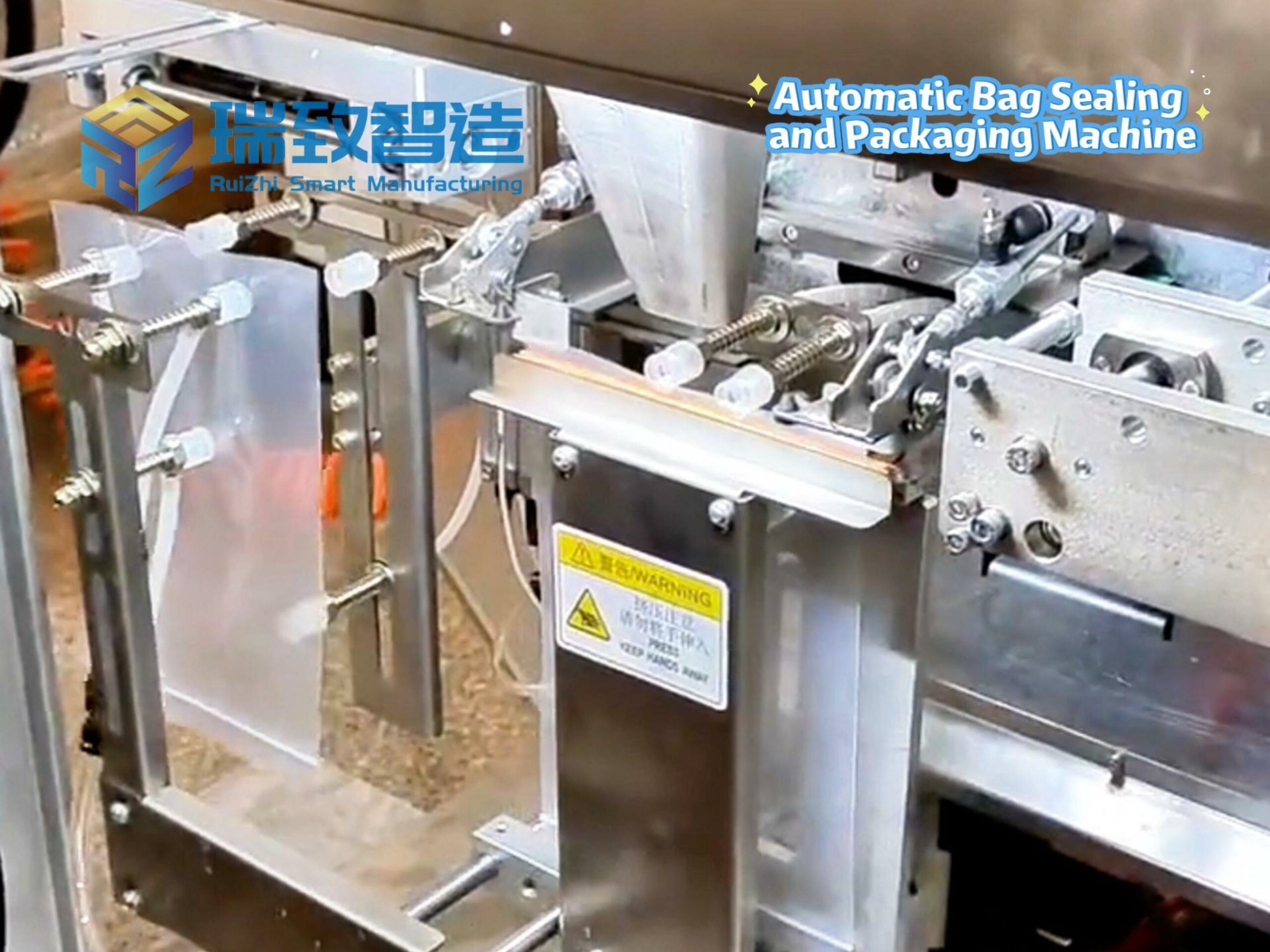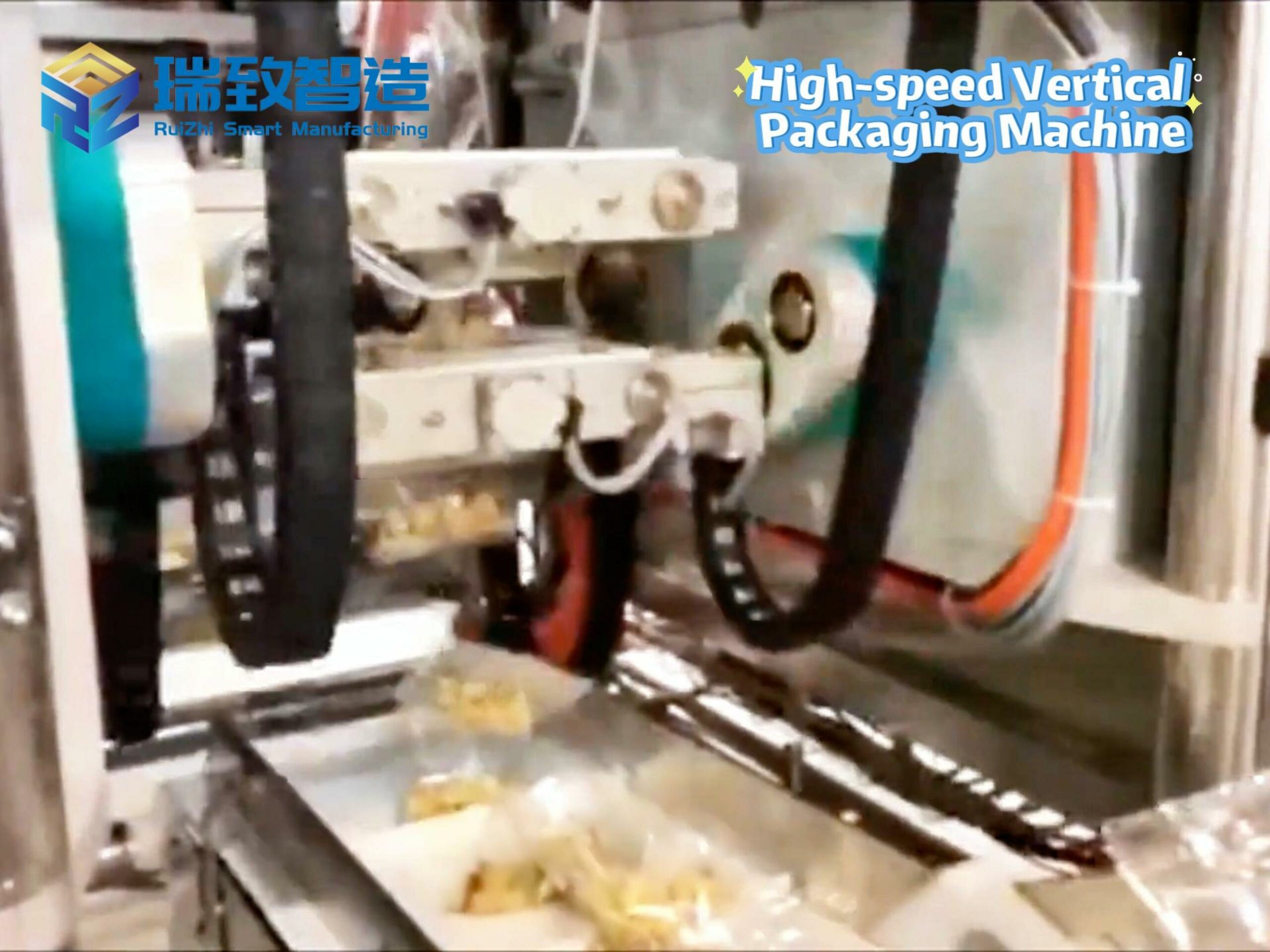Guide: Driven by the integration of Artificial Intelligence (AI), digital twins, and collaborative robots, the modern industrial landscape is changing rapidly. AI endows machines and robots with the ability to learn, adapt, and make real-time decisions, thereby significantly enhancing overall operational efficiency and responsiveness.
Manufacturing and logistics are undergoing a major transformation due to the convergence of Artificial Intelligence (AI), digital twins, and collaborative robots (cobots). As the intelligent core, AI optimizes cobot control, predictive maintenance, and supply chain management. Digital twins provide virtual replicas for simulating and testing new systems, which is crucial for optimizing human-robot collaboration and reducing deployment risks. This technological integration improves productivity, flexibility, and safety by transferring repetitive tasks to cobots, allowing humans to focus on higher-value activities. Workforce empowerment technologies, including AR/VR training and user-friendly interfaces, ensure that human employees’ skills are upgraded and they remain central in the evolving industrial model.
Propelled by the integration of AI, digital twins, and collaborative robots, the modern industrial landscape is changing at a rapid pace. These three not only enhance existing operations but also fundamentally reshape the way manufacturing and logistics work, creating a collaborative environment that maximizes human and machine capabilities.
The International Federation of Robotics (IFR) notes that the global operational stock of industrial robots reached 4.2 million in 2023, with collaborative robots accounting for a significant share. Additionally, the global collaborative robot (cobot) sales market size reached $1.02 billion in 2024 and is projected to reach $2.199 billion by 2031, with a compound annual growth rate (CAGR) of 11.8% during the 2025-2031 forecast period.
At the core of this revolution is Artificial Intelligence (AI), the intelligent hub that coordinates numerous processes. Its functions range from optimizing cobot control and predictive maintenance to ensuring strict quality control and streamlining complex supply chain management.
AI empowers machines and robots with the ability to learn, adapt, and make real-time decisions, significantly boosting overall operational efficiency and responsiveness. This intelligent automation enables various industries to achieve unprecedented levels of precision and speed.
Digital Twins: Virtual Replicas for Real-World Optimization
Digital twins complement AI’s computing power by providing virtual replicas of physical assets and processes. These digital models offer enterprises a valuable sandbox, allowing them to simulate and rigorously test new systems and workflows in a virtual environment before investing in costly physical implementation.
This feature is particularly important for optimizing human-robot collaboration, as it enables fine-tuning of interactions and processes to ensure seamless integration and maximum output. The real-time monitoring capability of digital twins further enhances their utility, enabling continuous optimization and proactive problem-solving. The synergy between AI and digital twins significantly reduces the risk of new deployments and accelerates time-to-market.
Empowering the Human Workforce: Skill Enhancement and Collaboration
While the focus on advanced automation might suggest that the role of human employees is diminishing, the opposite is true. Workforce empowerment technologies aim to enable and elevate the human element in an increasingly automated ecosystem. These innovative tools facilitate comprehensive skill upgrading through immersive Augmented Reality (AR) and Virtual Reality (VR) training programs, helping employees prepare for the demands of new technologies and roles.
User-friendly interfaces simplify human-machine interactions, allowing employees to collaborate directly with cobots more intuitively and effortlessly. Moreover, remote assistance functions provide on-demand expert support, ensuring that human employees have the resources needed to effectively troubleshoot and optimize operations.
Collaborative Future: Enhancing Productivity, Flexibility, and Safety
One of the most notable advantages of integrating cobots is their ability to relieve human workers of repetitive, hazardous, or physically demanding tasks. This allows the human workforce to focus on higher-value activities that require critical thinking, problem-solving, and creativity—uniquely human traits that machines cannot replicate.
For example, Amazon’s facilities are rapidly approaching a milestone where the number of robots will nearly match that of human workers, indicating a strategic shift: automation handles heavy work, while human intelligence focuses on addressing more complex challenges. This integrated approach not only significantly improves productivity, flexibility, and safety but also establishes a true synergy between cutting-edge technology and a skilled, adaptable workforce.
The impact of this integrated approach spans all aspects of manufacturing and logistics. In manufacturing, the precision and speed offered by AI-driven cobots (verified through digital twin simulations) can reduce errors, shorten production cycles, and enhance customization capabilities. This translates to higher-quality products and a faster ability to respond to market demands.
In logistics, AI-optimized supply chains and efficient cargo handling by cobots can shorten delivery times, reduce operational costs, and improve inventory management. Using digital twin technology to simulate and optimize complex logistics networks enables the identification and resolution of potential bottlenecks before they affect actual operations, creating more resilient and responsive supply chains.
Furthermore, the emphasis on workforce empowerment ensures that as technology advances, human employees do not fall behind but become an indispensable part of the new industrial paradigm. AR/VR-driven skill enhancement programs allow employees to continuously learn and adapt, building a dynamic workforce capable of coping with technological changes. Simplified human-machine interfaces lower entry barriers, enabling a broader range of employees to work with cobots. This human-centered automation approach fosters a more proactive and empowered workforce, increasing job satisfaction and reducing turnover.
Today, the combination of AI, digital twins, and collaborative robots represents a fundamental modernization of the manufacturing and logistics landscape. AI provides intelligence, digital twins offer foresight, cobots deliver physical execution, and workforce empowerment technologies ensure that humans remain at the center of innovation and decision-making. This integrated approach heralds a future of more efficient, resilient, and adaptable operations, ultimately delivering unprecedented productivity levels and a more satisfying work environment for all.
In which fields is flexible assembly automation applied?
What are the development trends of flexible assembly automation?

